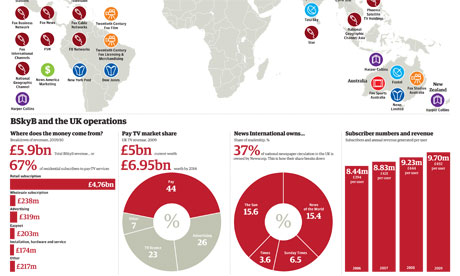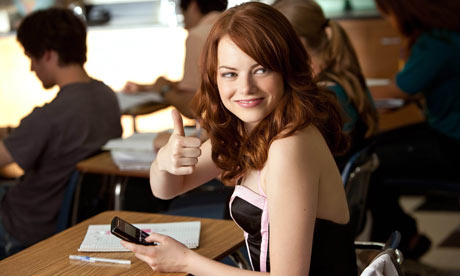
Emma Stone stars in
Easy A, the most critically acclaimed of the recent clutch of movies inspired by internet use among young people. Photograph: ScreenGem/Everett/Rex Featur When a schoolgirl from Michigan contacts a New York photographer through Facebook to ask if she can use one of the photographs on his site to make a painting, it sounds like a sweet and simple request. In the hands of the producers of
Catfish, however, the story unspools in quite another direction.
This documentary-thriller, which opens in Britain in December, is the latest in a string of US films to focus on the sinister possibilities of internet communication. Together, they explore the dramatic opportunities of a medium that has all the appearance of intimacy but which by-passes the intuitive safeguards of face-to-face human contact.
Made by Henry Joost and Ariel Schulman,
Catfish has been dubbed “the best Hitchcock film Hitchcock never directed” by the
Financial Times and uses the techniques of reality TV to draw audiences into a web of deceit. Is the young girl from Michigan the artistic prodigy she claims to be? What are her motives and why will her enigmatic elder sister only communicate online?
These key questions about identity and misrepresentation are echoed in the screenplays of the films
Trust, starring Clive Owen, and
Chatroom, starring Aaron Johnson. Both plots pivot on the gullibility of those vulnerable people who go online searching for companionship.
In
Trust, directed by former
Friends star David Schwimmer, Owen plays the father of a girl who is targeted on the internet by a sexual predator. Speaking at the
Toronto Film Festival last month, the actor admitted he found the storyline troubling. “It’s a very tough subject and as a parent myself it was very close to me,” he said. “A large portion of the film is how a family is ripped apart really, the huge sense of loss and pain, I thought it was a very tough, brutal look. It’s not a cliché version where everybody comes together and we all love each other and stagger through it, it ruptures them and tests them. As a parent I found the idea of that very, very upsetting and that’s why I wanted to do the film and explore the real horror and pain of that.”
The online world is just as dangerous in Enda Walsh’s screen adaptation of his play
Chatroom. Here, the plot revolves around five teenagers who use the internet to escape from their real-life problems. One of them, the disturbed William, played by Johnson, emerges as the natural leader of the group but begins to play a devious virtual game.
When Hollywood wakes up to the latest idea, whether it is to revisit the legends of the ancient world, to feast on teenage vampire horror or to dramatise the pitfalls of the internet, all the film-makers turn together, like a shoal of fish, to face the new direction. So Friday also saw the British release of the internet-based comedy
Easy A, starring Emma Stone. This is a critically acclaimed high-school take on the perils of online fibbing and it tells of 18-year-old Olive, played by Stone, who is persuaded by a friend to make herself more interesting by inventing a secret lover.
The pretence quickly backfires and Olive becomes an outcast in her own school. The story, written by Bert Royal, is recounted in flashback on a webcam and the internet becomes both a useful tool for storytelling and a potentially dangerous amplification of the daily deceits of adolescence. The film is also a clever reworking of Nathaniel Hawthorne’s
The Scarlet Letter, the 19th-century novel about rumour and shame that, in a neat twist, is also being studied in class by the young cast of
Easy A.
This new appetite for using the internet as a plot device is clearly a response to the growing significance of
social networking sites. Mike Goodridge, editor of
Screen International, sees it as an obvious move. “It is only natural, bearing in mind the key demographic for social networking is also the demographic that film-makers need to reach,” he said. “It started out with the use of the web in film as a symbol of modern paranoia, like in the 1995 thriller
The Net, but filmmakers have now had to respond to the fact it is a big part of lots of lives.”
He also points out that a successful
French film has already covered much of the same territory as
Easy A. The 2008 teen comedy,
LOL, takes the text and chatroom acronym for “laughing out loud” as its title and tells of the tribulations of a girl whose boyfriend decides to provoke her by letting her know he cheated on her over the summer.
“This film was a huge success in France,” said Goodridge. “It is good about the way that kids use text and the net to communicate to each other about everything.”
The box-office popularity of the acclaimed
The Social Network, released here this month, is added proof that the film industry is alive to the significance of the virtual world that many potential cinemagoers inhabit. In the hands of director David Fincher and screenwriter
Aaron Sorkin, the breakdown in the working relationship between two fledgling businessmen, Facebook founders
Mark Zuckerberg and Eduardo Saverin, assumes the proportions of a modern tragedy, a kind of computer-age version of the 1956 oil saga,
Giant.
Sorkin takes us back to the – fictitious – moment in 2003 when a recently jilted
Harvard University student, Zuckerberg, has the idea of rating the attractiveness of female undergraduates online on an interactive page he calls FaceMash. Using a computer algorithm supplied by his best friend, Saverin, Zuckerberg manages to crash parts of Harvard’s computer network due to the popularity of the site.
Identical twin members of the university rowing team, Cameron and Tyler Winklevoss, and their business partner, Divya Narendra, then approach Zuckerberg to help them create a site they call Harvard Connection. Legal wrangles and alleged treachery then chart the journey that will take this site on to becoming, first,
TheFacebook and finally Facebook, with its 500 million users across the globe.
Gavin Smith, editor of the New York magazine
Film Comment, sees the movie as part of a somewhat belated response to the spread of social networking and really just a new setting for central elements in any human drama: friendship, betrayal, hope and disappointment.
“If you look at it this way, this film is really just an online updated version of
The Treasure Of The Sierra Madre,” he said this weekend.
The Social Network is so far from a celebration of the virtual world that many in the computer industry have reacted with irritation. For some technology enthusiasts and computer geeks, the film is an unwarranted attack on the values of those who enjoy talking to each other online and making the most of the connections the world wide web affords. In the
Guardian Andrew Clark also argued that the film’s documentary style was deliberately misleading.
“There’s something insidious about this genre of scriptwriting,” he wrote, adding that he was not convinced that “a 26-year-old businessman really deserves to have his name dragged through the mud in a murky mixture of fact and imagination for the general entertainment of the movie-viewing public? … I’m not sure whether Mark Zuckerberg is a punk, a genius or both. But I won’t be seeing
The Social Network to find out.”
Controversy has also dogged the release of
Catfish, which has provoked similar claims that the film uses documentary techniques to entice its audience. Schulman and Joost say they began to film Schulman’s real-life brother, Nev, who is at the centre of the film, and had no idea the project would turn into a disconcerting journey into the darker side of the web.
The September edition of
Time magazine carried an article by Mary Pols that warned readers away from the notion that this presented the typical face of social networking. The renowned critic Roger Ebert, reviewer for the
Chicago Sun-Times, has defended the film, however, by underlining his belief that “everyone in the film is exactly as the film portrays them”.
Perhaps the most up-to-date take on the web as a potentially deceptive form of communication comes at the end of
Easy A, probably the film that has received the widest critical acclaim of the bunch. In the final scenes, as Emma Stone’s Olive makes unsuccessful attempts to untangle the web of lies she has spun among her friends and enemies at school, she realises that privacy may be the best policy.


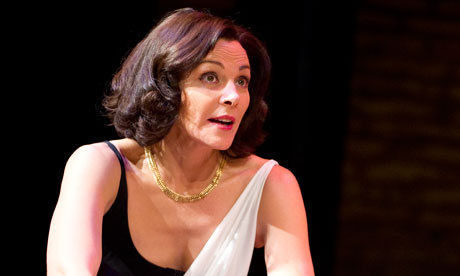





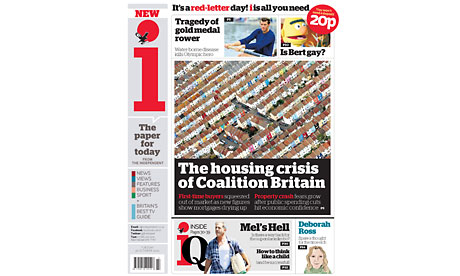





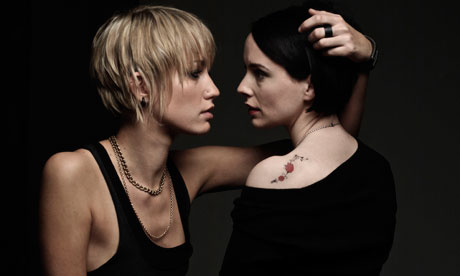 The up-coming
The up-coming 
 Emma Stone stars in
Emma Stone stars in 
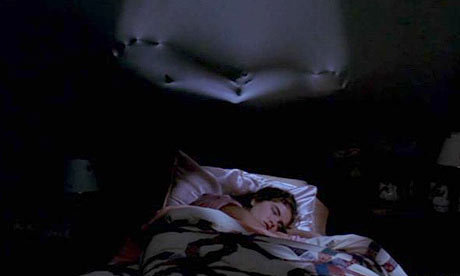 Death by bed in
Death by bed in 

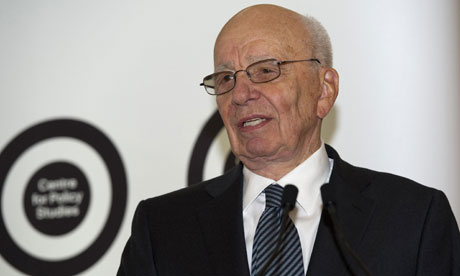 Chairman and chief executive of News Corporation Rupert Murdoch delivering the inaugural
Chairman and chief executive of News Corporation Rupert Murdoch delivering the inaugural 

